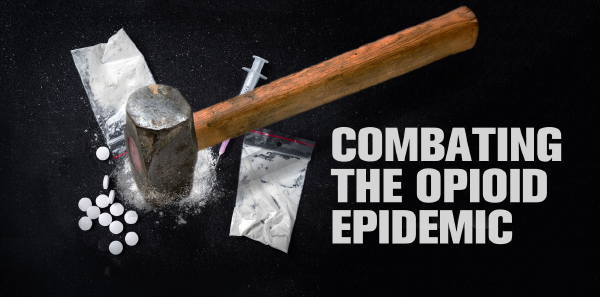
Possible Solutions
What is the emergency physician who is concerned about contributing to long-term use—and potentially addiction—but still believes that an opioid is indicated to do? The good news is that evidence shows patients may only need a very short course of opioids for many conditions.
Explore This Issue
ACEP Now: Vol 38 – No 03 – March 2019A recent study offered another solution. It looked at the use of digital pills to evaluate ingestion patterns of ED patients.14 Digital pills are gel caps containing a medication (in this case, oxycodone) and a biosensor. In the stomach, the gel cap is dissolved, releasing the pill and activating the biosensor. A reader is attached by a sticker to the abdominal wall and transmits ingestion data to a cloud-based server. A convenience sample of opioid-naive patients diagnosed with an acute fracture was included.
Only 15 patients completed the study, but what it found was still very interesting. Patients only required a mean of six pills (range of three to nine pills), with nearly 82 percent of the dose taken in the first 72 hours. Nearly half of patients stopped taking opioids by day three. Patients who required operative repair did use more medication (median of eight pills with a range of six to 11) but required small dosages by 24 hours. Importantly, 12 of the 15 patients reported that their pain was well controlled.
A study evaluating opioid requirements following surgery also suggests that patients’ pain can be controlled with smaller amounts of opioids.15 While there were multiple limitations, the authors determined that the median number of opioids consumed following laparoscopic cholecystectomy, appendectomy, colectomy, hernia repairs, small bowel resections, and vaginal hysterectomies was fewer than 10 tablets. To be balanced, some procedures such as an abdominal hysterectomy required more. Perhaps as interesting, the authors discovered that the quantity of pills prescribed had the strongest association with opioid consumption (0.53 pills consumed for every one prescribed [95% CI, 0.40–0.65]), which was stronger than the association with patient-reported pain in the week following the procedure. Availability of follow-up appointments and other patient-centered factors still need to be considered when determining the prescription duration.
While emergency physicians aren’t responsible for the current epidemic or the majority of opioid prescriptions, our actions may still have long-term repercussions. The good news is that it appears we can still achieve appropriate analgesia while limiting patients’ opioid exposure. For most patients, prescribing between three and four days of opioids, or approximately 10 to 15 pills in addition to non-opioid analgesics for acute pain, should be enough. Of course, patient-specific circumstances and follow-up availability should be factored into prescribing practices.
Pages: 1 2 3 | Single Page





One Response to “Reduce Opioid Duration and Quantity to Limit Use, Avoid Addiction”
April 7, 2019
Tim Laseter D.O.At what point does patient responsibility for their actions come into play – these articles never seem to address this